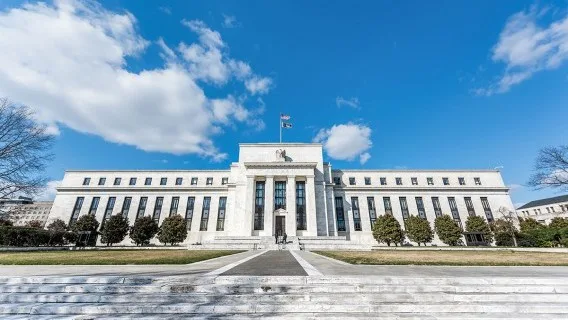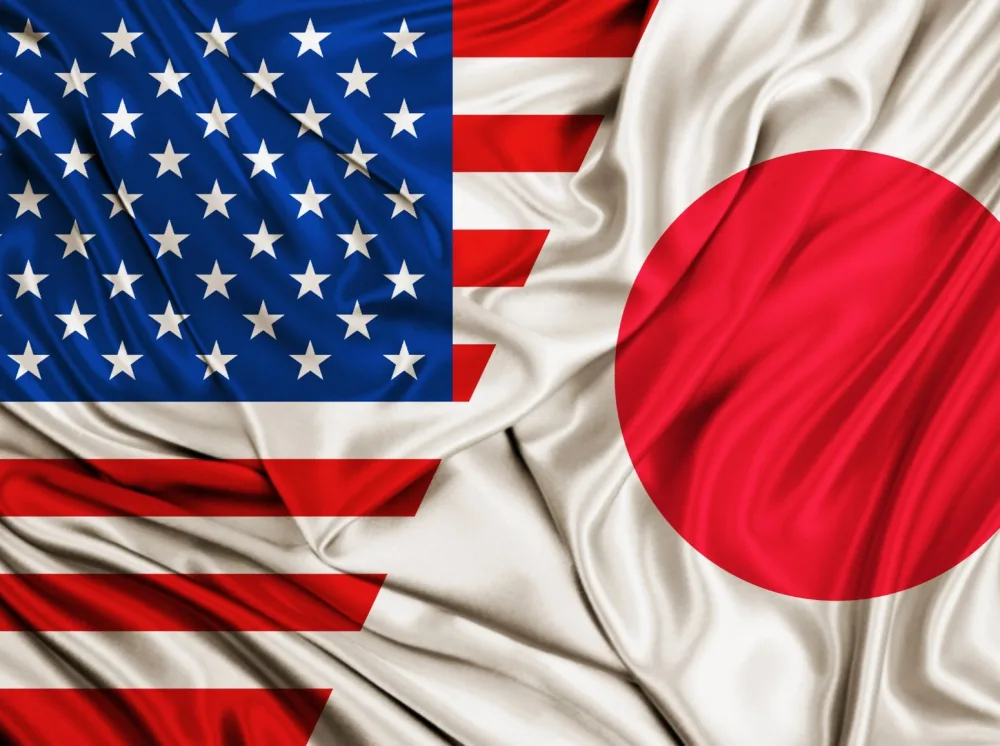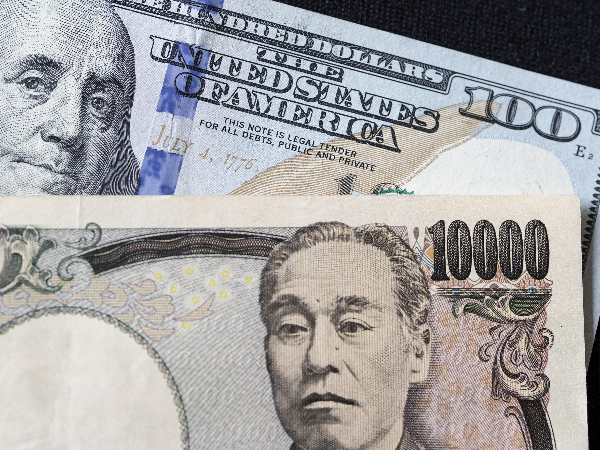Federal Reserve splits highlighted by May FOMC minutes
The minutes to the 3 May FOMC meeting when it hiked rates by 25bp echo the comments we have been hearing from officials. “Some” members clearly think there is more work to do to constrain inflation, but “several” think they may have already done enough. The market pricing of a 30% chance of a June hike seems fair, but volatility looks set to continue
“Some” versus “several” debate seemingly favours a June pause
The minutes to the May Federal Open Market Committee meeting show that there is a split as to whether there will be the need to raise interest rates further. Some members felt that based on the newsflow to date, getting inflation back to target “could continue to be unacceptably slow”, which would mean “additional policy firming would likely be warranted at future meetings”. However, “Several participants noted that if the economy evolved along the lines of their current outlooks, then further policy firming after this meeting may not be necessary”. Our interpretation is that “several” probably exceeds “some”, but the key take-away is that “Many participants focused on the need to retain optionality after this meeting” – i.e. data dependency.
In terms of the economic backdrop, inflation remained “unacceptably high” although “participants judged that risks to the outlook for economic activity were weighted to the downside”. Federal Reserve staff continue to forecast that “the effects of the expected further tightening in bank credit conditions, amid already tight financial conditions, would lead to a mild recession starting later this year, followed by a moderately paced recovery”. It was unsurprising to see the Fed acknowledging that a “timely” increase in the US debt ceiling is “essential “avoid the risk of severely adverse dislocations in the financial system and the broader economy”. Their concerns will be higher now.
Comments from officials suggest the debate remains similarly balanced
The tone of the minutes reflects the balance of the Fed comments we have subsequently heard. Fed Chair Powell appears to be in the camp leaning towards a pause. In response to a question from Nick Timiraos at The Wall Street Journal during the FOMC press conference on whether policy is now “sufficiently restrictive”, Chair Powell responded “Policy is tight, you see that in interest-rate sensitive activities and you are beginning to see it more and more in other activities. And if you put the credit tightening and the quantitative tightening on top of that, I think we may not be far off, we’re possibly even at that level.”
However, the hawks are still pushing for more action with non-voter James Bullard favouring potentially two more 25bp rate hikes and voting member Neel Kashkari and Fed Governor Chris Waller suggesting it is premature to declare that the tightening cycle is over. Others though are more open to the idea of a pause given the 500bp of hikes enacted since March last year has been the most aggressive and rapid period of monetary policy tightening for 40 years. With monetary policy operating with long lags before it really has an impact on the economy there are several FOMC members making the case, similarly to Jerome Powell, that they are considering skipping the June meeting and will reconsider the situation in July.
We still favour the next move being a rate cut, but the timing is difficult
The market has significantly repriced the outlook for Fed policy. Just two weeks ago they were looking at rates having peaked and a first 25bp rate cut coming in September with nearly 100bp of cuts by the January 2024 FOMC meeting. Now there is a 30% chance of a 25bp hike and a 65% chance by the July FOMC meeting. Cuts are still priced before year end, but no-where near to the same extent.
What happens next will come down to the data and events, such as inflation, jobs, the debt ceiling showdown and what is happening with the state of the banking sector and the impact on the flow of credit. Our central view is that tighter lending conditions will do the Fed’s work for it and further rate rises aren’t necessary. However, we acknowledge that many at the Fed want to see clear evidence that inflation is destined to head back to 2%. We think June will see a “skip” outcome, which will then be extended with rates now at their peak.
We then have a 50bp rate cut in November and December with the Fed funds rate down to 3% in the second quarter of 2024. This is certainly more aggressive than the market pricing and economist consensus. It reflects our concern that the effects of tighter lending conditions are underplayed and the resulting economic slowdown will dampen inflation more rapidly than the market does. We readily accept that the risks are skewed towards this economic pain being felt later than we predict with relatively strong household and corporate balance sheets mitigating some of the headwinds.
source: ING





Leave a Reply
You must be logged in to post a comment.